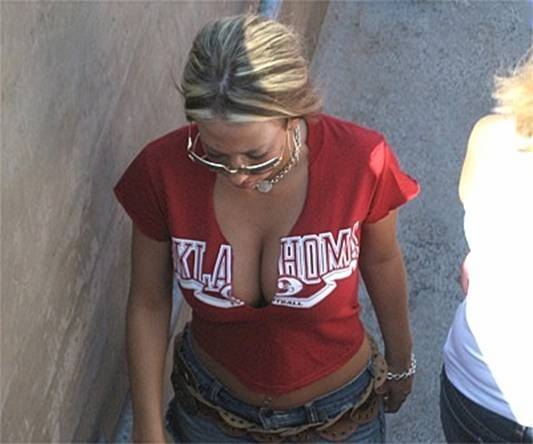9 Answers
This is from a conversation with a cat named frizzyperm>>>OK, we can't actually prove anything is ultimately fact. It is impossible to prove one plus one equals two. But the vast application of maths (which is based on the assumption that 1+1 = 2) is so useful and effective that only the most highly theorectical philosophical debate needs to question if 1+1=2.
This is the same with science 'facts'. You can't prove that Newtons Laws are right (noting Einstein's exceptions). You can't ultimately prove it with a pencil cos you end up having to prove 1+1=2. But you can send a spaceship whizzing off into space with its thousands of moving parts and trajectory and calculations and it works! What more proof do we need? (outside of philosophy)
Here for more although it is a conversation about evolution>>>http://www.enotes.com/science/discuss/can-you-prove-evolution-with-dna-research-37773
| 13 years ago. Rating: 4 | |
We have a counting system where one equals one. One, meaning a whole.
1/3 + 1/3 + 1/3 = 3/3 > 3/3 = 1 We know this to be true. But, if we add 1/3 in decimal form:
0.33333.....+ 0.33333..........+ 0.33333........ = 0.99999....... . Does (1/3 + 1/3 + 1/3) now equals 1? I'll say "Yes" because we would round to the nearest whole number, which will be 1. It makes counting simpler. If you was to cut a whole pizza into thirds and give three people each a third, each person will not get 0.33333..... That precise cut cannot be made and 0.33333....... will not be left. You'll never get to the whole, meaning 1.
I think your question can be proven if someone has nothing else to do but screw up the counting system. Regardless, if you have 1 of anything and another within the same family, you have 2.
| 13 years ago. Rating: 9 | |
Lay one penny down. Now, lay another penny next to it and count them............
| 13 years ago. Rating: 7 | |
One Plus One = Two. Mine is pure Science, as this Co-ed from The University of Oklahoma can attest to it. Take your time, Don. Count really slowly. Now everybody count: ONE PLUS ONE.....

| 13 years ago. Rating: 6 | |
Ach!!! who gives a shit!!!!!!!!!
YES. Cut all off your fingers! but leave "TWO. So one and one makes "TWO!! See See me "Brains!! Prove ME wrong !!
| 13 years ago. Rating: 6 | |
In science if one conduct an experiment or test over and over again and ALWAYS get the same result, scientifically the process is correct.
Take one dollar and place in on a stable surface, then place a second dollar along side of the first dollar. Note the resulting total.
Then try that multiple times, it you obtain the same result, you have proved the theory to be scientifically correct.
When I was working as an Automobile Design Engineer we had to prove that a chassis design would meet US crash standers.
To do so we had to crash at least five vehicles, each of which had to produce the same type and amount of damage to obtain Federal certification for a given chassis design.
| 13 years ago. Rating: 3 | |
Very interesting and challenging question. Here's an interestiong answer that I found and copy/paste here...
"The proof starts from the Peano Postulates, which define the natural numbers N.
N is the smallest set satisfying these postulates:
P1. 1 is in N.
P2. If x is in N, then its "successor" x' is in N.
P3. There is no x such that x' = 1.
P4. If x isn't 1, then there is a y in N such that y' = x.
P5. If S is a subset of N, 1 is in S, and the implication (x in S => x' in S) holds, then S = N.
Then you have to define addition recursively:
Def: Let a and b be in N. If b = 1,
then define a + b = a' (using P1 and P2). If b isn't 1,
then let c' = b, with c in N(using P4),
and define a + b = (a + c)'.
Then you have to define 2:
Def: 2 = 1'
2 is in N by P1, P2, and the definition of 2.
Theorem: 1 + 1 = 2
Proof: Use the first part of the definition of + with a = b = 1.
Then 1 + 1 = 1' = 2 Q.E.D."
| 13 years ago. Rating: 2 | |

 donxeon
donxeon
 lindilou
lindilou
 Best answer!
Best answer!
 Chiangmai
Chiangmai
 Tommyh
Tommyh
 Jack Large
Jack Large
 valR
valR





Bertrand Russell and Alfred North Whitehead.